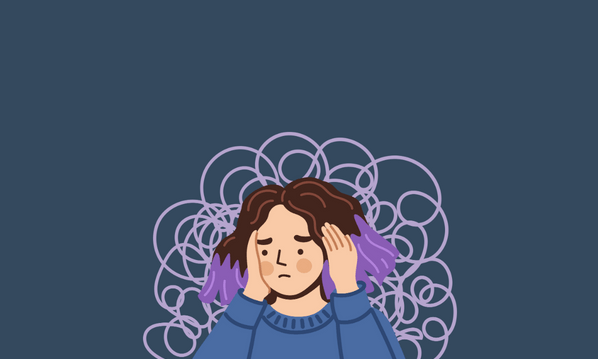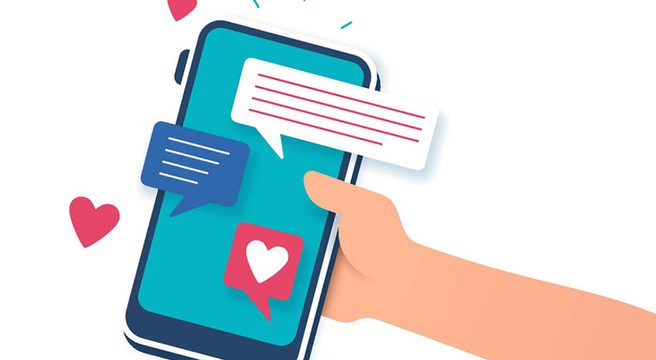Finding out that your social media account has been hacked is an awful feeling – regardless of whether that account is for business or personal purposes. It’s violating, frightening and embarrassing. A compromised company account can be truly scary for a small business; it could lead to doubts from potential clients about your professional reputation and the security of your processes.
In this article, we’ll show you the essential steps to regain control of your account, assessing the damage, and how to increase your future defences.
What do I do?
When the news first hits, the most important advice is DON’T PANIC. You’ll need a clear head to regain control, but you will also need to act fast.
Let’s Start Cleaning Up
Can you log-in?
If you can log in, that’s great! It means the hackers haven’t changed your login credentials.
However if you can’t log in, you will need to contact the platform’s support team by other means to get back to normal. Here are the relevant links on Facebook, Twitter, and LinkedIn to get started.
Facebook has a system that allows you to get help to access a hacked account through a “trusted contact”. If you’ve already set up your trusted contacts, follow the instructions at the link below. If you haven’t set up trusted contacts, check out the link below once you have secured your account and choose 3 to 5 people you trust to help should your account become compromised again.
Change your passwords
Once you’ve logged in, check that the default email address has not been changed (so you can receive any verification emails) and change the passwords to something completely different. Do this NOW. If you use the same email address and password for any other platforms, you should change your password over there too, choosing a completely different password for each site.
It’s essential to pick completely different passwords for all of your different logins because hackers know that people only tend to use a handful of passwords for everything. Say your Twitter login is identical to your Facebook login for example; if the Twitter account gets compromised, the hackers will also theoretically be able to gain access to your Facebook account too – doubling your worry and the required cleanup operation.
Revoke access to applications
Other than changing your passwords, another important aspect in locking down account security is to check out the third party app/access control page for each affected platform, and to revoke access to any apps that you don’t recognise. If you use things like the platform’s smartphone app or a third party tool like Hootsuite, you’ll see them all listed here.
Because we don’t know what apps or devices the hackers are using, cherry picking certain apps might still leave an opportunity open. It may be wiser to go into full lockdown mode and revoke access to all apps. Yes it can be a pain to reinstate everything, but it’s safest to proceed with a clean slate.
Here are the relevant access control links for Facebook, Twitter, and LinkedIn.
Log-out everywhere
Though your password has changed, and access to applications has been revoked, your account may still be in a logged in state on a hacker’s machine. You need to make sure that your account is logged out of everywhere it might be logged in without your permission.
- Follow these instructions to access Facebook Active Sessions and log out from devices remotely.
- Head here to view “Your Twitter Data” and scroll down to “Login History” to see your account’s previous logins. Twitter advise you use the above “revoke access” function to regain control.
- Access LinkedIn’s Active Sessions Page and click “Sign out of all these sessions” to remotely sign out everywhere else.
Check if any further action is required
Immediately access the platform’s support section to see if any further action is required. Here are the quick links to the most appropriate support documentation for Facebook, Twitter, and LinkedIn.
Surveying the damage
Once you’ve changed any passwords and taken back control, you need to take a look at what state the hackers have left your account in. Check all security settings, your feed, your image albums, videos, and private messages – do a full sweep of your account and survey the damage done.
If you intend to report the hack to those in charge of the platform, screenshot any untoward changes or posts that the hackers have made to your accounts.
Normal service now resuming
Depending on the nature of how the hackers have used your account, the best way to proceed may differ. The things hackers do varies wildly, as do the ways we use our social accounts in the first place! Think carefully about exactly how you want to professionally and pleasantly explain what has happened.
As a piece of general advice, it would probably make sense to get in touch with anyone who has been directly contacted through your account by the hackers, so you can explain the situation and apologise for troubling them; then delete the hackers’ offending message or post.
If the hackers have posted anything to your feeds, take screenshots of everything that shouldn’t be there (if you want to report the hack), then remove all of the erroneous posts and media that you can see. If you feel the need, you might also want to create a public post explaining what happened and that you are now securely back at the helm. Depending on the severity of the attack, you might want to pin this post for a few days while word gets around, but after that it’s time to move on.
If someone asks about it, answer honestly but briefly. Don’t keep apologising later – those tuning in after the fact don’t need to know!
Before you leave your account…
Before you log out after putting things right, double check your settings, previous posts, media, feeds and messages. You might also want to have a peep within any groups or pages that you follow just to make sure there’s nothing untoward posted there either.
Once you gain control of your account again, you might want to report the hack to the platform’s support team and provide them with any information you can – including those screenshots from earlier. Provide any added context if possible so they can investigate.
Once you’ve logged out, thoroughly virus scan any devices you use to access your social media accounts and thoroughly clean any malware threats if present. Hackers sometimes infect devices with malware that helps them get hold of people’s account details, so ensure your PCs and mobile devices are squeaky clean before you go any further.
Staying secure
Once you’ve secured your account and everything is back to normal, look into ways to protect your accounts online and know that prevention is better than cure. Remember to apply good security practices to all social (and by extension, online) accounts, not just those that have been compromised in the past. Stay safe out there!






